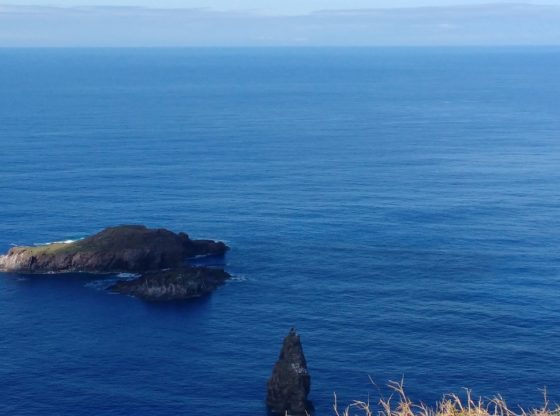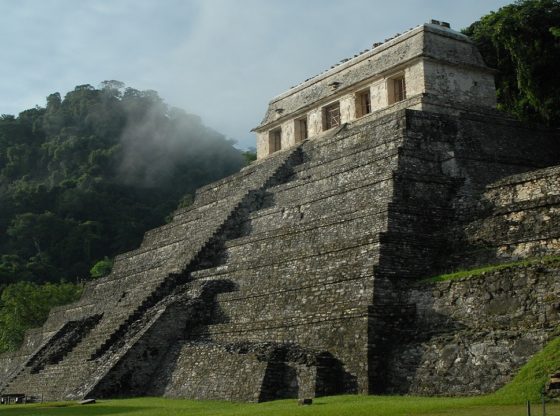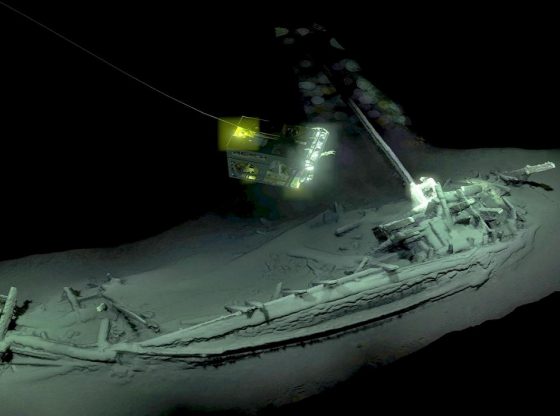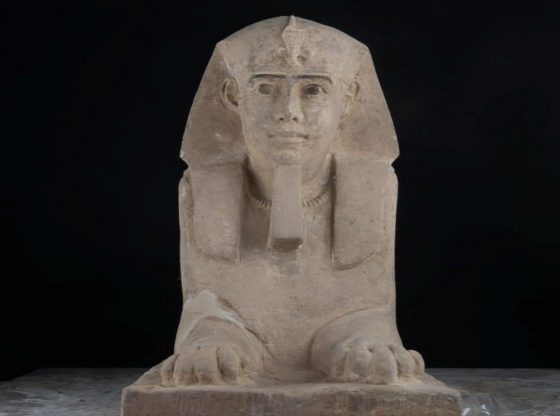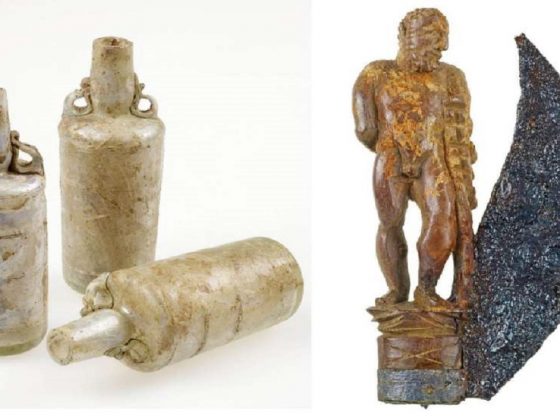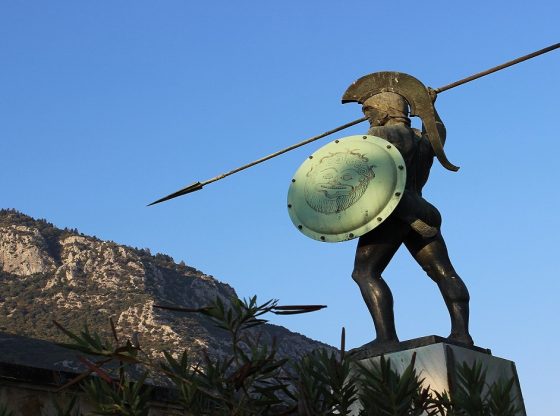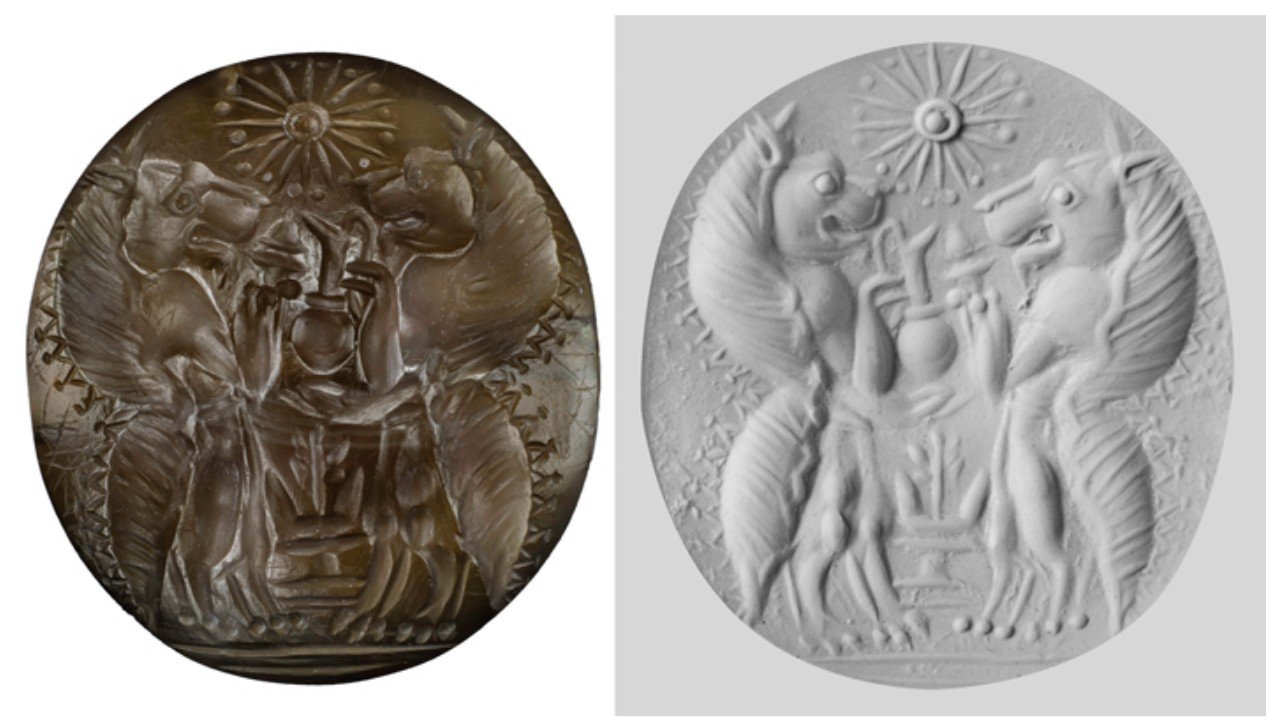
US archaeologists have discovered two monumental royal tombs dating from about 3,500 years ago near a major Mycenaean-era palace in Greece’s southern Peloponnese region.
The two large tombs were discovered and excavated at the site of the ancient city of Pylos in southern Greece and findings suggest that Pylos played a surprisingly prominent role in early Mycenaean civilization.
Mycenaean is the term applied to the art and culture of Greece from ca. 1600 to 1100 B.C. It represents the first advanced and distinctively Greek civilization in mainland Greece with its palatial states, urban organization, works of art, and writing system.
Mycenae which the culture of this era is named is an archaeological site near Mykines in Argolis, north-eastern Peloponnese. Other centers of power that emerged included Pylos, Tiryns, Midea in the Peloponnese, Orchomenos, Thebes, Athens in Central Greece and Iolcos in Thessaly.
According to a Greek culture ministry statement, archeologists have found grave goods from the two tombs that included a golden seal ring and a golden amulet of an ancient Egyptian goddess, highlighting Bronze Age trade and cultural links.
The tombs remained much intact because the dome-shaped roofs of both tombs near the Bronze Age palace of Pylos had collapsed during antiquity, filling them with so much earth and rubble that grave robbers couldn’t get in to plunder them. The tombs were protected from the elements and potential thieves by an estimated 40,000 stones the size of watermelons.
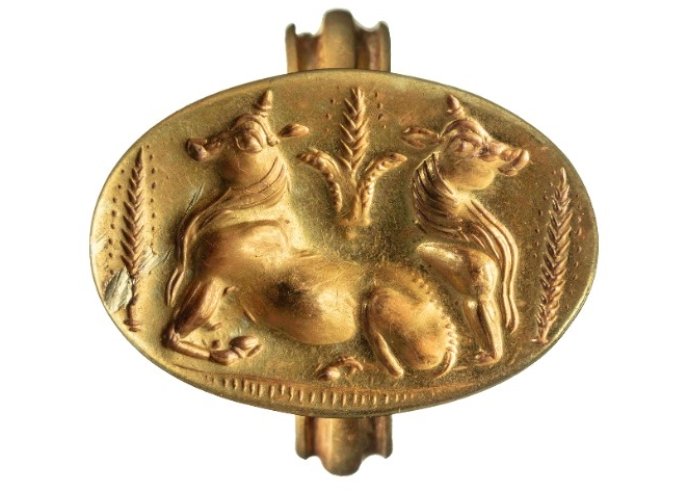
The tombs were excavated over the past two years by the University of Cincinnati archaeologists, who also discovered the nearby rich burial that is known as the Griffin Warrior grave, after some of the ornaments found in it.
Like the Griffin Warrior’s tomb, the princely tombs overlooking the Mediterranean Sea also contained a wealth of cultural artifacts and delicate jewelry that could help historians fill in gaps in our knowledge of early Greek civilization.
“Like with the Griffin Warrior grave, by the end of the first week we knew we had something that was really important,”
“It soon became clear to us that lightning had struck again,
– A statement by Jack Davis, Professor of Greek Archaeology at the University of Cincinnati in Ohio.
The larger of the two tombs had a diameter of 12 meters (36 feet) at floor level and its stone walls survived to a height of 4.5 meters (15 feet) – less than half its original height.
The tombs paint a picture of accumulated wealth and status of Pylos. With amber from the Baltic, amethyst from Egypt, imported carnelian and lots of gold.
The tombs sit on a scenic vista overlooking the Mediterranean Sea on the spot where the Palace of Nestor would later rise and fall to ruins. Nestor is a ruler mentioned in Homer’s famous works “The Iliad” and “The Odyssey.”
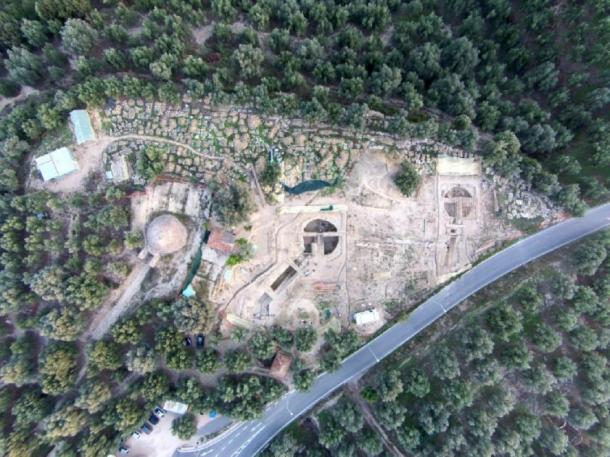
The UC’s team will continue working at Pylos for at least the next two years while they and other researchers around the world unravel mysteries contained in the artifacts.
“It has been 50 years since any substantial tombs of this sort have been found at any Bronze Age palatial site. That makes this extraordinary,”
– Professor Davis

